If you’re buying a new refrigerator and are researching the best fridge brands, Canstar Blue can help. Each year our expert research panel goes out into the market, talks to hundreds of Kiwi fridge buyers and conducts thorough consumer research.
We ask people how satisfied they are with their chosen brand of fridge, and how it delivers across categories including design, performance and value for money. So to discover this year’s award winner, and for our full guide on buying the best fridge read on:
Guide to the Best Fridges:
- Winner of Canstar Blue’s Most Satisfied Customers Fridges Award: Panasonic
- Different types of fridges
- Choosing an energy efficient fridge
- Fridge-buying tips
2023 Winner of Canstar Blue Fridges Award: Panasonic
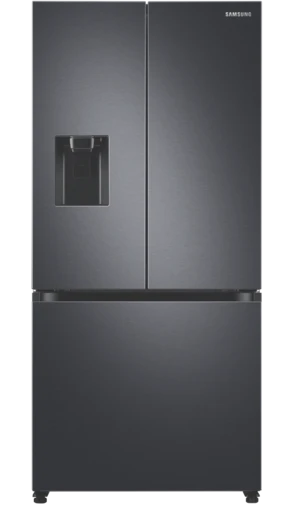
The clear winner of Canstar Blue’s Most Satisfied Customers Award Refrigerators, Panasonic is the only fridge brand in this year’s award survey to earn a coveted 5-Star rating for Overall Satisfaction from its customers. It’s a top rating it also scores for Reliability and Value for Money. 
Here in New Zealand, Panasonic sells a wide selection of 16 fridges. Its standard range of fridge-freezers covers 11 models, starting from around $1200 for a 306L top-mount fridge-freezer and going up to approx $2300 for a 417L bottom-mounted freezer model with water dispenser.
Panasonic also has a range of premium Prime+ models, which tops out at the PRIME+ Edition 493L French-door refrigerator with in-door water dispenser (approx $3400).
For the full rundown of our latest fridges award click here!
Different types of refrigerators
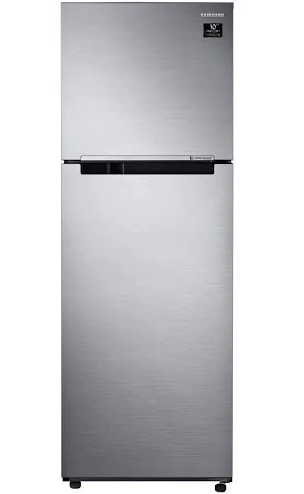
Top freezer
This type of fridge is the most common, meaning it’s also generally the cheapest, and has the widest range on offer. It’s a single column refrigerator, with the top third (approximately) dedicated to a separate freezer compartment.
The downside is that top freezer models are generally rather low on features, and less thought is given to their appearance.
It’s worth noting that these fridges are some of the most efficient. They are about 10%-25% more efficient than fridges with bottom or side-mounted freezers.
- Generally cheap but no-frills
- Have an easy-access top-mounted freezer
- Often more economical to run than other types
Bottom freezer
As its name suggests, a bottom-mounted fridge is just like a top-mounted fridge, but with a freezer compartment at the bottom. At lower prices, these type of fridges tend to be less common that top-mounted fridges.
While these types of fridges are often not quite as efficient as top-mounted fridges, access to the fridge is easier, as it’s at eye-level.
- Can be more expensive, but you pay for energy-efficiency
- Less variety and range than the top-mount types
- Freezer on bottom for easier access to fridge section
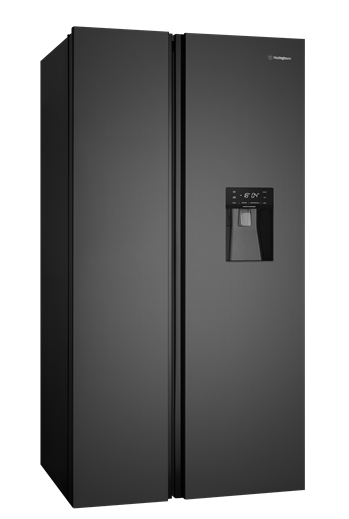
Side-by-side
These fridges are essentially wider-than-usual fridges split in half: one half for the fridge, the other for the freezer. For those who tend to freeze leftovers in high volume, or exist on freezer food, this type of fridge may be ideal. Some side-by-side fridges allocate slightly more room for the fridge section, however they tend to have freezers larger than top- or bottom-mounted fridge-freezers. Note that the doors open from the centre, rather than from the side, meaning less spatial clearance is required to swing the fridge door(s) open.
Also worth noting is that side-by-side models often come with features such as water, ice dispensers, and external user interface panels, which some may view as desirable features.
- Handy with easy-access to fridge and freezer
- Usually larger but more energy-consuming
- Boast features such as ice makers but can be more expensive to buy
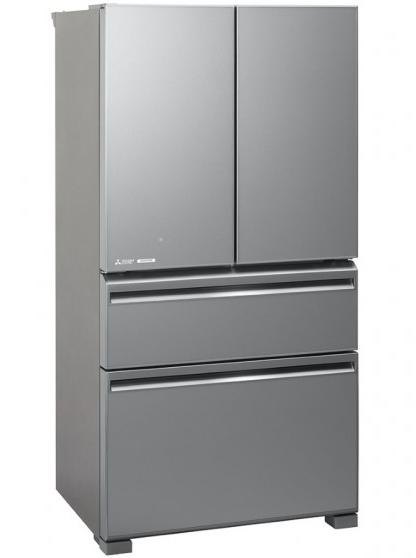 French-door
French-door
Possibly the most versatile (and most expensive) types of fridges, French-door fridges are similar in width to side-by-side models, and have the entire bottom third devoted to freezer space, just like a bottom-freezer model. As with side-by-side fridges, the fridge door is split into two, opening from the centre.
Some French-door fridges have a single door for the freezer section. But some split the freezer section the same way as the fridge section, making for a grand total of four doors.
The main advantage to this slightly elaborate door configuration is that opening one of the half doors lets out less cold air. The other advantage is that, as with a side-by-side model, the split doors mean less clearance is required between the fridge and your bench/other kitchen installations. In summary, French-door fridges are:
- Feature-packed and a pleasure to use
- Usually more expensive than simpler units
- Usually more power-hungry due to their bigger size
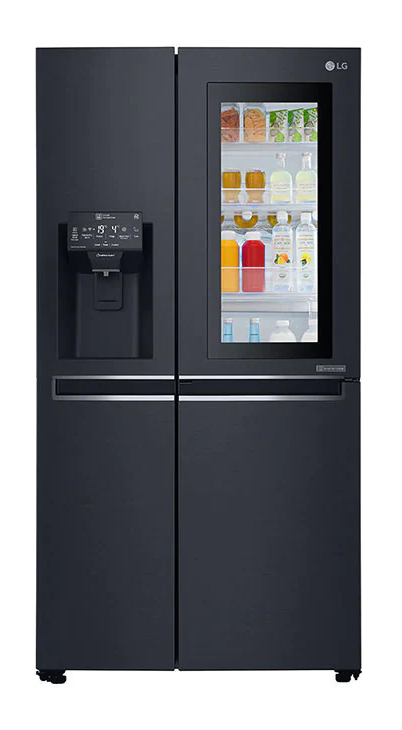 Types of refrigerators with features
Types of refrigerators with features
There’s no doubt that manufacturers have become more adventurous with their refrigerators, driven by the consumer demand for something that does a little more than just keep food and drinks cold, or frozen.
There are fridges with glass panel features that let you look inside without opening the door. Other notable fridge features that have become common lately include flexible spacing, allowing you to swap or change certain sections to suit your own food storage preferences. And multi-zone climate and humidity settings, which let you create separate cooling spaces for certain types of foods or drinks.
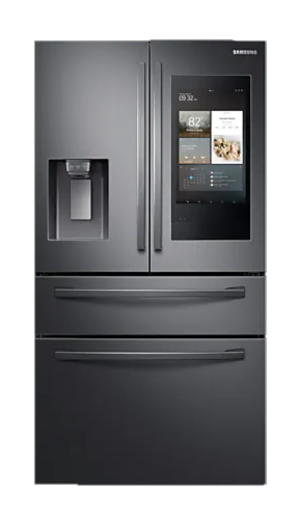
Smart fridges
Samsung’s Family Hub French-door fridge, for example, has a touch screen on its door. You can link your smartphone and synchronise it to show photos, post stickers, draw pictures and type or hand-write notes. It’s even possible to add a music player. Or even watch TV while cooking. An app can display what’s on your smartphone or Samsung Smart TV without having to buy or install any additional software. In summary, smart fridges are:
- Great if you want a high-end fridge with extra features, like touch-screen shopping lists and TV screens
- Easy to use
- Ideal if you want internal cameras so you can remotely view what food you have while shopping
- Usually more power-hungry due to larger size
Bar fridges
Bar fridges benefit from being cheap to purchase, easy to transport, and they get the job done when it comes to keeping drinks cold.
Many are under 100L, and some even smaller. However, although they might seem a good idea, bar fridges are rather energy-inefficient relative to their size. In fact, they often use similar amounts of electricity as regular-sized fridges. In summary, bar fridges are:
- Useful for drinks and entertaining
- Cheap to purchase, but can be inefficient for their size
- Easy to pick-up and move around
Choosing an energy-efficient fridge
When choosing a fridge, energy efficiency is an important consideration, one that can save you a considerable amount of money over the lifetime of your appliance.
Finding an energy-efficient fridge is simple. Just check its Energy Rating Label. The more stars, the more energy-efficient the fridge.
The label also shows an estimated kWh usage per year, which if you know how much you’re paying for power, can help you work out the dollar cost of using your fridge.
Keep in mind that cheap and basic appliances tend to be less energy-efficient. So to lower your running costs, you’ll likely have to raise your upfront costs. However, as a fridge is turned on all the time, choosing an energy-efficient model is a wise investment.
How much electricity does a fridge use?
To do the calculations below we’ve used the average national average power price of 32c p/kWh.
Consumers have a huge range of fridge/freezer options to choose from in the 350L to 450L bracket. We’ve gone straight down the middle, and taken a look at the running costs that can be expected for an 400L (approx) model.
| Star rating | Annual energy use | Annual running cost |
|
3 Star 282L fridge |
404kWh | $129 |
| 4.5 Star
300l fridge |
291 kWh | $93 |
Based on the above usage, the running costs over five years are:
- 3-star fridge/freezer – $645
- 4.5-star fridge/freezer – $465
This is a total difference in running costs of $180.
How can I lower the energy use of my refrigerator?
Our fridges run all day, every day. And even energy-efficient refrigerators can burn extra power if not maintained and used correctly. So, some key tips to lowering the energy use of your fridge are:
- Keep it (almost) full. A full fridge runs more efficiently, but ventilation is crucial as well. Try keep it around two-thirds full, this will keep it running efficiently while leaving enough space for proper ventilation
- Keep it closed. If you’re just grabbing milk to add to your tea, before putting it back, it can be tempting to leave the fridge door open while you do it. But doing so lets a lot of cool air escape, forcing your fridge into overdrive to cool back down. So always keep your fridge door closed
- Check the seals. If these have worn, or aren’t fitted tightly, cold air can escape, meaning your fridge has to keep on cooling
- Defrost. Ice build-up can impact the efficiency of your freezer. If ice around the inside is more than 1cm thick, defrost it or scrape it away
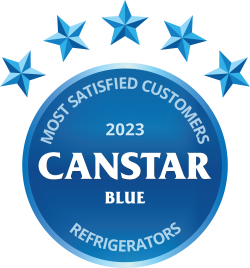
Fridge-buying tips:
- Most fridges last about ten years. If yours is nearing that age or older, it’s usually better to replace it with a newer, more energy efficient model rather than keep your old one
- Consider the direction a fridge door will open in your kitchen. It can ruin the flow of a kitchen if it opens the wrong way
- Measure the space you have for your fridge carefully. A fridge needs a small gap at the top for air flow and more around the sides to allow the door(s) to open properly
- Measure the depth, too, and remember that the door will need to protrude from any cabinetry to allow it to open fully
- Think about how you use your fridge – for example, what type of food you buy and how often you shop – when thinking about fridge size and layout. Is your freezer constantly stuffed full? Are your veggie bins used? Do you require a lot of storage room in the door for drink bottles? More expensive fridges often feature customisable interiors, which allow you to adapt storage to meet your household’s needs
- As a rule of thumb, a family of four generally requires a 400L fridge
- Always check a fridge’s Energy Star Rating. A fridge with a higher Star Rating might cost more, but could save you hundreds of dollars in electricity charges over its lifetime
Save on power with Canstar
If you want to save money on your electricity bill, the easiest and quickest way is to switch providers. When was the last time you reviewed how much you’re paying for your power? Electricity providers in NZ change their pricing and plans all the time to stay competitive. So if you’ve been with the same provider for yonks, chances are there is a far better value deal out there for your home. You could potentially save hundreds of dollars a year by switching to a more competitive plan.
Take a look at your next power bill. Once you know how much you’re paying in fixed and variable charges, it’s easy to jump online and compare different power companies and the deals they’re offering. A good place to start is Canstar’s most recent review of electricity providers, here is a snippet of our top scoring providers.
Canstar Blue’s NZ power company review
Our latest review of NZ power companies compares them on customer satisfaction and value for money. The table below is an abridged version of our full results. For more details click on the big button at the bottom of the story!
^ By clicking on a brand or 'details' button, you will leave Canstar Blue and be taken to either a product provider website or a Canstar Blue NZ brand page. You agree that Canstar Blue NZ’s terms and conditions apply (without limitation) to your use of this service,to any referral to a product provider from our website, and any transaction that follows. Canstar Blue may earn a fee for referrals from its website tables, and from sponsorship (advertising) of certain products. Payment of sponsorship fees does not influence the star rating that Canstar Blue awards to a sponsored product. Fees payable by product providers for referrals and sponsorship may vary between providers, website position, and revenue model. Sponsorship fees may be higher than referral fees. Sponsored products are clearly disclosed as such on website pages. They may appear in a number of areas of the website such as in comparison tables, on hub pages and in articles. Sponsored products may be displayed in a fixed position in a table, regardless of the product’s rating, price or other attributes. The table position of a sponsored product does not indicate any ranking, rating or endorsement by Canstar Blue. See How we are funded for further details.
Canstar Blue NZ Research finalised in April 2023, published in June 2023.
See Our Ratings Methodology
For more information on sniffing out the best power deal, check out our story: Simple Guide to Finding the Cheapest Power Deals. And for the full result of our electricity Customer Satisfaction Award, just click on the big button at the end of this story.
Compare electricity providers with Canstar Blue!
 About the editor of this page
About the editor of this page
This report was written by Canstar’s Editor, Bruce Pitchers. Bruce has three decades’ experience as a journalist and has worked for major media companies in the UK and Australasia, including ACP, Bauer Media Group, Fairfax, Pacific Magazines, News Corp and TVNZ. Prior to Canstar, he worked as a freelancer, including for The Australian Financial Review, the NZ Financial Markets Authority, and for real estate companies on both sides of the Tasman.
Enjoy reading this article?
You can like us on Facebook and get social, or sign up to receive more news like this straight to your inbox.
By subscribing you agree to the Canstar Privacy Policy

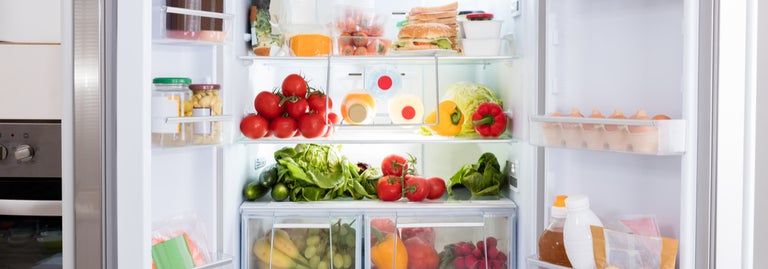
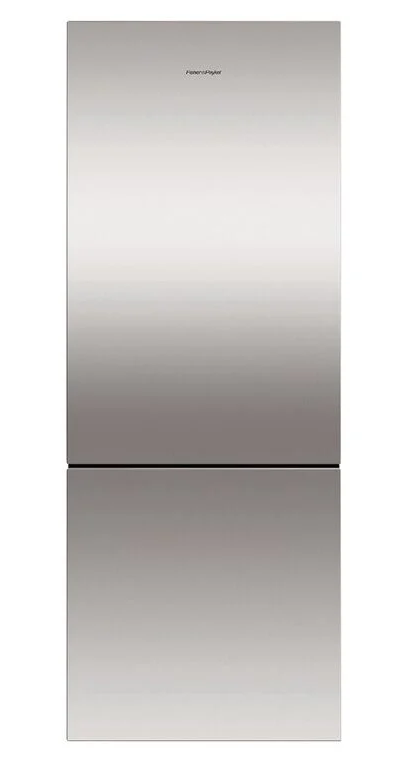
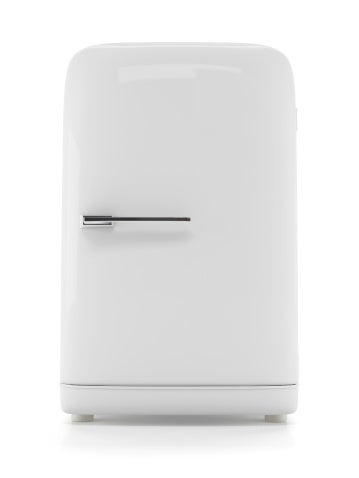

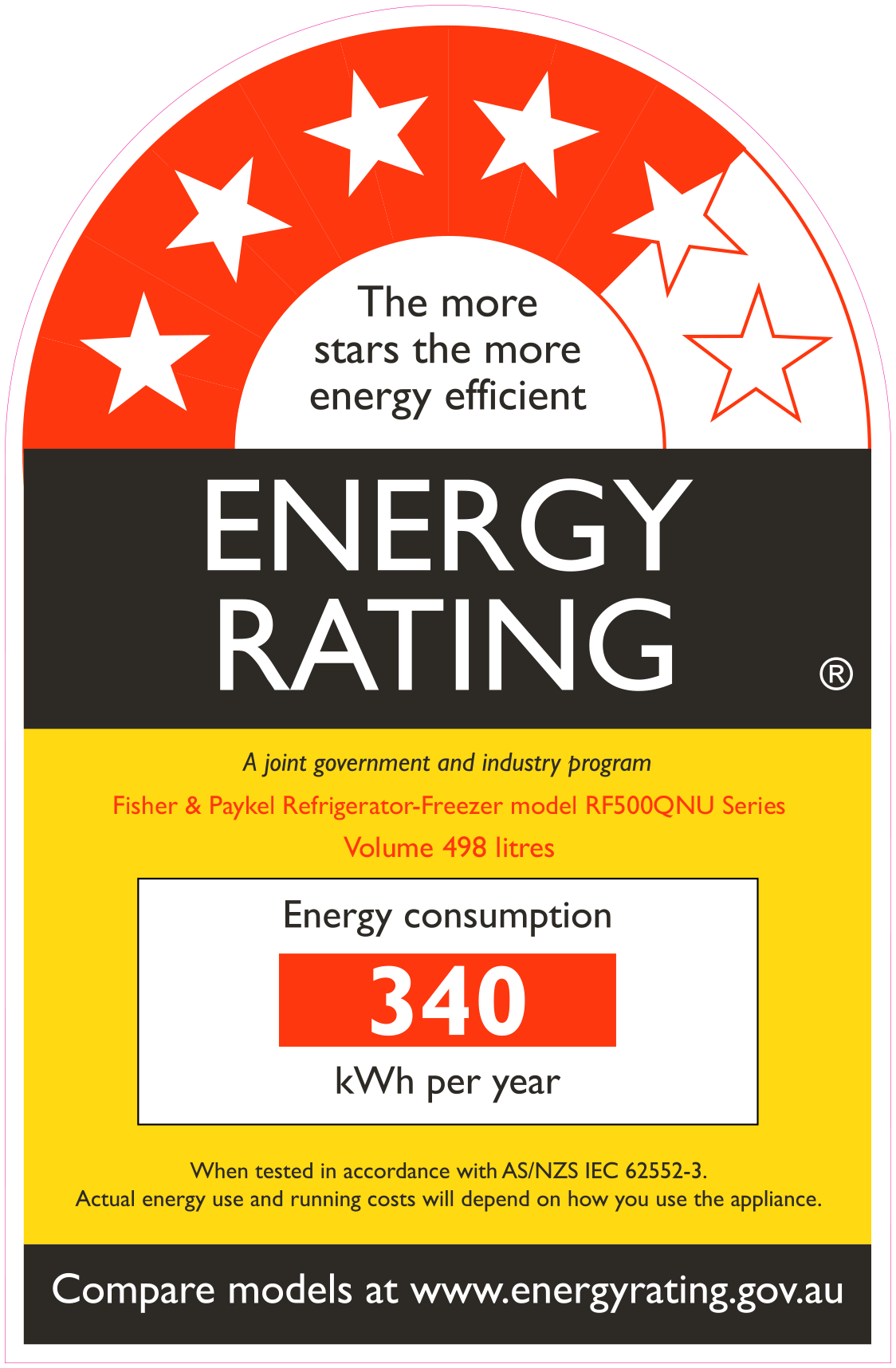
Share this article